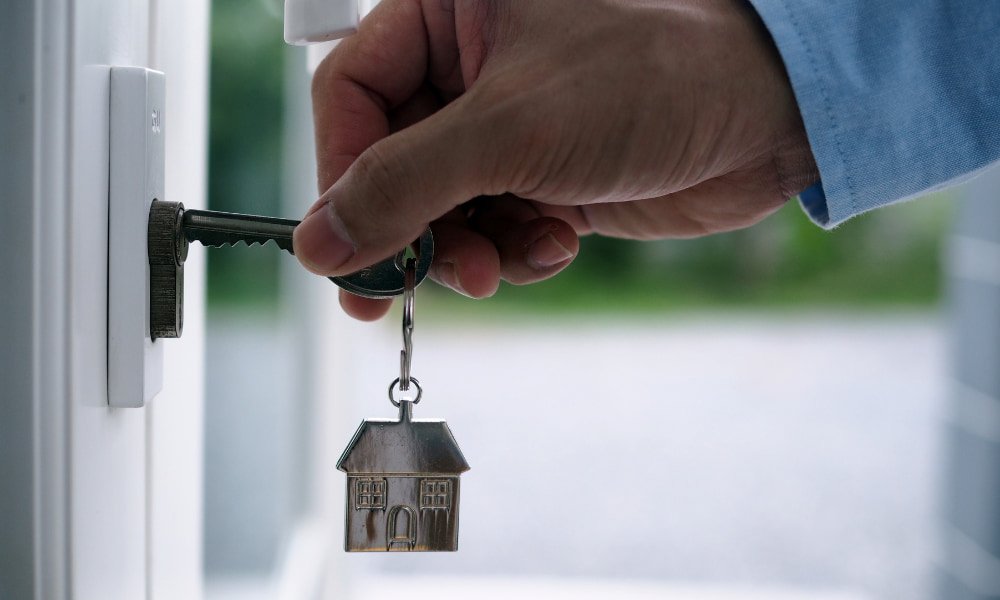Washington, D.C., is renowned not only for its many historical landmarks but also for its restaurants. Dining in the nation’s capital can be quite the experience, with an array of domestic and international cuisines at your fingertips. The dining scene in the District is eclectic and diverse, offering everything from Thai to tapas in both laidback and upscale settings.
Figuring out where to eat in Washington, D.C., can be tricky with so many enticing options. This guide digs into some top destinations that are favorites of locals and visitors alike.
10 Great Places to Eat in Washington, D.C.
The capital is unquestionably a culinary destination, with a dining scene that is anything but boring. There are the downtown steakhouses that cater to the political crowd, but there’s also a range of authentic international cuisines, some of which can be harder to find in smaller locales. Consider one of these standout options next time you’re wondering where to dine in Washington, D.C.
1. Rose’s Luxury (Capital Hill neighborhood)
Rose’s Luxury is named after chef Aaron Silverman’s grandmother, and the eclectic American menu features small plates and family-style entrees for sharing. The menu changes seasonally to ensure the freshest ingredients. A private rooftop garden is available for private parties.
2. The Dabney (Shaw)
The heart of The Dabney – located along a quaint brick alleyway – is undoubtedly the wood-burning hearth tucked inside the open kitchen. Cooking over an open flame allows chef Jeremiah Langhorne to stay true to the area’s classic cooking methods. The exposed brick walls and wood tables add additional warmth to the dining room. Langhorne sources ingredients from nearby mid-Atlantic farms and the restaurant’s rooftop garden.
3. Le Diplomate (Logan Circle)
The District’s quintessential French restaurant channels the aesthetic and flavors of a classic Paris bistro. The stunning marble bar and wood bistro chairs add French charm, and the menu includes comfort favorites such as beef bourguignon, steak frites, and trout amandine (and of course, there’s an impressive French wine list). Le Diplomate is open for brunch, midday, and dinner service and has served many well-known political insiders over the years, including Michelle Obama and Joe Biden.

4. Thip Khao (Columbia Heights)
Thip Khao – considered the gold standard of Laotian cuisine in D.C. – is run by mother-son team Seng Luangrath and Boby Pradachith. Luangrath is a founder of Lao Food Movement, an initiative to preserve Lao food culture, while son Pradachith honed his cooking skills in culinary school. The spice-centric menu is heavy on the chiles and fish sauce, and standout dishes include grilled pork neck with lemongrass and a “fiery” Lao papaya salad (as described by Eater). Thip Khao is open Tuesday through Sunday for dinner service only.
5. Sushi Taro (Dupont Circle)
This Michelin-starred sushi spot in the hip Dupont Circle area has been a neighborhood staple for 34 years. Chef Nobu Yamazaki’s menu features sushi, sashimi, homemade noodles, and small plates. Sushi Taro is currently open for dinner service.
6. Unconventional Diner (Mount Vernon Square)
The eclectic pop art décor at Unconventional Diner may be intriguing, but it’s the delicious American comfort food that keeps diners coming back again and again. The menu is full of edible guilty pleasures such as chicken and waffles (at brunch), double cheeseburgers, meatloaf, and Caribbean shrimp and grits – and it’s open for both brunch and dinner. There’s also a full bar with a creative cocktail menu.
7. The Salt Line (Navy Yard)
The Salt Line’s location along the Anacostia River seems appropriate given the restaurant’s New England-style seafood theme. Enjoy waterfront views on the patio or, if seated indoors, you might get a view of the ice-packed raw bar. The focus is on sustainable seafood sourced regionally, and the menu offers oysters, lobster rolls, stuffed clams, and other delicacies.
8. Baan Siam (Mount Vernon Triangle)
Baan Siam’s chef Jeeraporn Poksupthon was the managing chef at several five-star hotels in Bangkok before coming to the U.S. Her new Thai eatery serves patrons a range of spicy curries as well as dishes from Northeastern and Central Thailand. Outdoor dining is available, and the restaurant is open for both lunch and dinner.
9. Rasika (Chinatown and West End)
Indian food is the star at Rasika, now with two downtown locations. James Beard award-winning chef Vikram Sunderam’s menu offers Tawa (griddle), Sigri (open barbeque), Tandoori, and regional curries, and diners are encouraged to order several plates and share among themselves. There’s also an extensive list of wines stored in a temperature-controlled wine cellar, and a full bar menu is available as well. Rasika is open for lunch and dinner most days, but be sure to check their website for the most up-to-date hours.
10. D.C. Food Trucks (Citywide)
You don’t need to have a sit-down meal to experience the D.C. food scene. D.C. Food Trucks throughout the city offer everything from lobster rolls to burgers to doughnuts. Some of the most popular food trucks include Swizzler (burgers, American comfort food), Astro (doughnuts and fried chicken), and PhoWheels DC (Vietnamese street food). Check out Food Truck Fiesta for a complete list of food trucks.
Ready to Experience D.C. Living as a Resident? Contact the Area’s Real Estate Pros
Are you wondering not just where to eat in Washington, D.C., but also where to live? Nomadic Real Estate is here to help you invest in residential property or find a new home to buy or rent in the region.
Our team of experts can assist with leasing, property management, and sales services for D.C., Northern Virginia, and parts of Maryland. Contact us today to discuss your property needs.
Alternatively, if you are looking for a place to rent, check out our DC rentals.



































